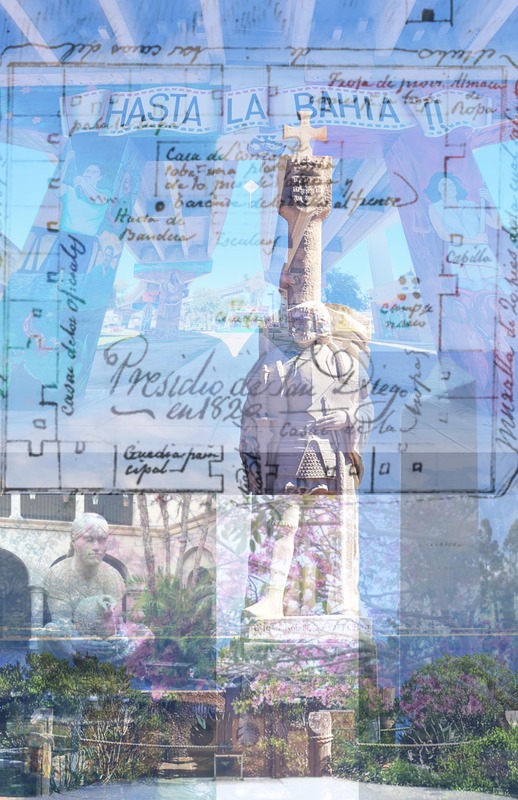HIST 587: Monuments and Memory: The Built Environment and Historical Memory in San Diego
Dr. Nathan Ellstrand
Spring 2023
San Diego State University
About the Class
Over the past decade, you most likely have encountered news coverage of debates over monuments. Local community members, activists, politicians, and others engage in discussions – and even action – over whether certain statues should be standing. Confederate monuments have been at the center of such debates, but so too have structures relating to colonialism and fascism.
What exactly is a monument? What is memory? How are both important in our everyday lives, especially in the context of San Diego? The city has not been immune to discourse around monuments. This course utilizes monuments and memory to examine the built environment in San Diego over time.
About the Digital Exhibits
Students in the class worked as part of a group on a digital exhibit on a local monument of their choice in San Diego County. Each group chose and conducted research on its background – what prompted its construction, what was it meant to represent, how was it received, how has its meaning changed over time, and what discussions/debates exist now (or lack thereof).
Please navigate the digital exhibits about the respective monuments at the top of your screen.
Credits
This site would not be possible without the assistance of Dr. Pamella Lach, Digital Humanities Librarian and Digital Humanities Center Director, or Laura Scott, who piloted Omeka S at SDSU.
Thank you to the students who worked on these digital exhibits:
Cabrillo National Monument
- Kelsey Johnson
- Bradley Klicsu
- Jose Lopez
- Valerie Price
Chicano Park
- Jasmyne Baker
- Chris Cervantes
- Michael Charlet
- Anissa Zuniga
Japanese Friendship Garden
- Jenifer Glor
- Jasmine Gonzalez
- Courtney Soto
Presidio
- Cameron Milledge
- Luis Ochoa
- Jazmine Pagaza
- Tracey Prehn
SDSU War Memorial
- Taylor Gugel
- Robert Hostetler
- Laura Scott
Woman of Tehuantepec
- Eliza Frohoff
- Carrie Giardino

